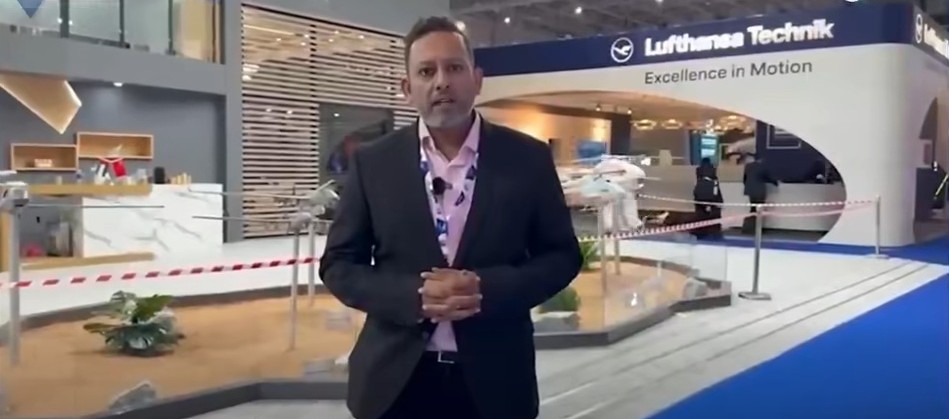Now Reading: Tiger Petting Video Confirmed as AI Artifice
-
01
Tiger Petting Video Confirmed as AI Artifice
Tiger Petting Video Confirmed as AI Artifice

New Delhi, October 30, 2025: A video that recently was circulated across various social media platforms has been identified as a fabrication created through Artificial Intelligence (AI). The footage, which quickly went viral, allegedly showed an intoxicated man petting a wild tiger on a dark road and miraculously walking away unharmed.
The bizarre claim, complete with a fictional narrative about the man confusing the tiger for a “big cat” after consuming homemade liquor, was widely believed by many users, leading to the video being shared thousands of times. The supposed incident was sensationally attached to the Pench Tiger Reserve area in Madhya Pradesh, India.
Fact-Checking Reveals Visual Discrepancies
The alarming content was brought to the attention of fact-checkers and authorities. A detailed examination of the video was conducted, and numerous inconsistencies were observed that suggested the clip was not generated from real-world footage. Subtle visual flaws, typical of current AI generation technology, were pointed out by analysts.
For instance, the edges of the man’s hands and fingers were seen to be distorted in certain frames, and objects in the background were noted to shift or move unnaturally. Furthermore, the neck of a bottle supposedly carried by the man was observed to disappear and reappear, confirming digital manipulation.
Also Read: Concert Moment Goes Viral: Fan Kiss Received By Spanish Star
Authorities Deny Any Real Occurrence
The official claims surrounding the video were quickly debunked by local authorities. Contact was made with the Police control room in Seoni, Madhya Pradesh, and their knowledge of any such life-threatening encounter was denied categorically. Additionally, the Deputy Director of the Pench Tiger Reserve was consulted, and it was clarified that no such incident involving a tiger and a civilian had been reported in the area. It was stated that a scenario of this nature, where a wild tiger allows a human to approach and pet it without aggression, is considered virtually impossible unless the animal was domesticated—which is illegal under wildlife protection laws.
AI Detection Tools Confirm Fabrication
To conclusively prove the artificial nature of the footage, the clip was run through multiple AI detection tools. These tools analyzed the video based on sophisticated parameters and consistently indicated a high probability of it being generated using AI. This confirmation effectively exposed the viral sensation as a ‘deepfake’ hoax, which was manufactured solely for online engagement and shock value.
This event is being used as a cautionary example of how easily convincing but utterly fake content can be produced and is disseminated in the modern digital landscape. The public is now being urged to apply critical thought before accepting and sharing sensational, unverified videos, especially those involving wild animals.










